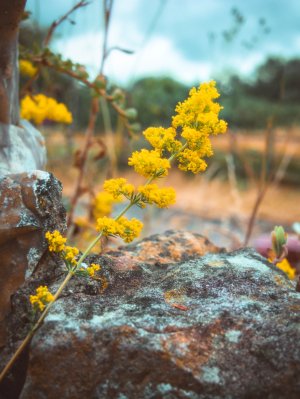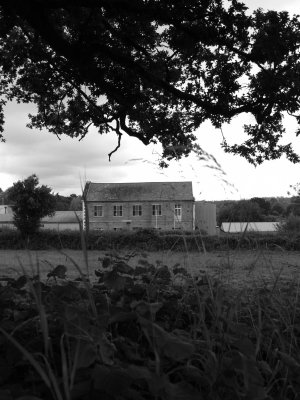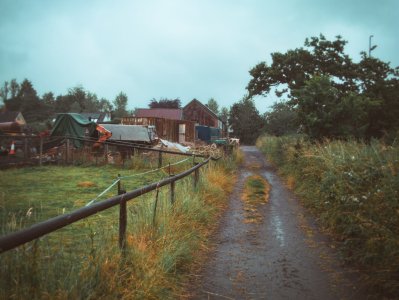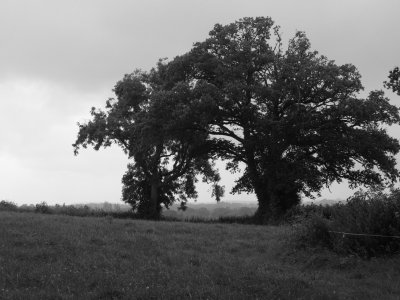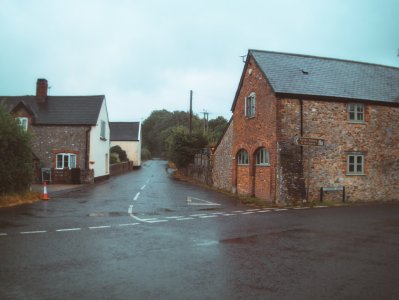Stevenson Gawen
Well-Known Member
I wonder if any of you have any thoughts or memories of the Oly E-series bodies.
I never had one. I was in my teens back then - my first interchangeable lens camera was the venerable Olympus E-P1 mirrorless, so I kind of missed the so-called "golden era" of DSLRs.
I vaguely remember an ad for the E-400 (the world's smallest DSLR at the time) involving or invoking James Bond in some way... can't quite place it now... did I dream it?
(edit: I think it was actually a glamorous two page spread in a magazine by a photographer with JB connections - ring any bells?)
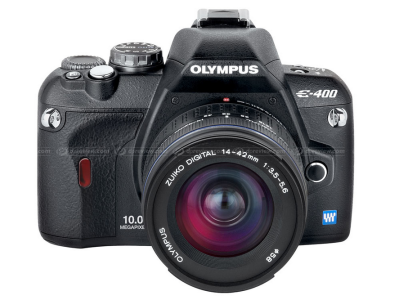
Reason for this sudden burst of interest is that I've just bought an E-400 twin lens kit in original boxes for the grand total of £119. It was listed on Ebay for considerably more but I couldn't resist putting in a a very low offer (almost) fully expecting rejection. The seller responded with a very reasonable counteroffer and the rest, as they say, is history.
Hasn't arrived yet, but looking forward to a little bit of time traveling.
I already have a Pentax K10D at home in Australia of the same era and like it - AF can be temperamental in comparison with modern cameras, but does lovely images.
A similarity between the K10D and the E-400 is that they both have the last of the CCD sensors before everyone moved to CMOS sensors.
I don't much subscribe to the view that CCD=magic / CMOS=bad but I do like the colour output of the K10D so will be interested to try the E-400.
I know these cameras don't have much high ISO capability, even for their time, if I remember correctly, but to be honest that is now a non-issue for a second (or third or fourth..) camera that can be used when one feels like it and not when situations demand otherwise. Modern RAW processing software can also squeeze out substantially more than that of the time too.
Anyway... that's my tale.. you?
I never had one. I was in my teens back then - my first interchangeable lens camera was the venerable Olympus E-P1 mirrorless, so I kind of missed the so-called "golden era" of DSLRs.
I vaguely remember an ad for the E-400 (the world's smallest DSLR at the time) involving or invoking James Bond in some way... can't quite place it now... did I dream it?
(edit: I think it was actually a glamorous two page spread in a magazine by a photographer with JB connections - ring any bells?)

Reason for this sudden burst of interest is that I've just bought an E-400 twin lens kit in original boxes for the grand total of £119. It was listed on Ebay for considerably more but I couldn't resist putting in a a very low offer (almost) fully expecting rejection. The seller responded with a very reasonable counteroffer and the rest, as they say, is history.
Hasn't arrived yet, but looking forward to a little bit of time traveling.
I already have a Pentax K10D at home in Australia of the same era and like it - AF can be temperamental in comparison with modern cameras, but does lovely images.
A similarity between the K10D and the E-400 is that they both have the last of the CCD sensors before everyone moved to CMOS sensors.
I don't much subscribe to the view that CCD=magic / CMOS=bad but I do like the colour output of the K10D so will be interested to try the E-400.
I know these cameras don't have much high ISO capability, even for their time, if I remember correctly, but to be honest that is now a non-issue for a second (or third or fourth..) camera that can be used when one feels like it and not when situations demand otherwise. Modern RAW processing software can also squeeze out substantially more than that of the time too.
Anyway... that's my tale.. you?
